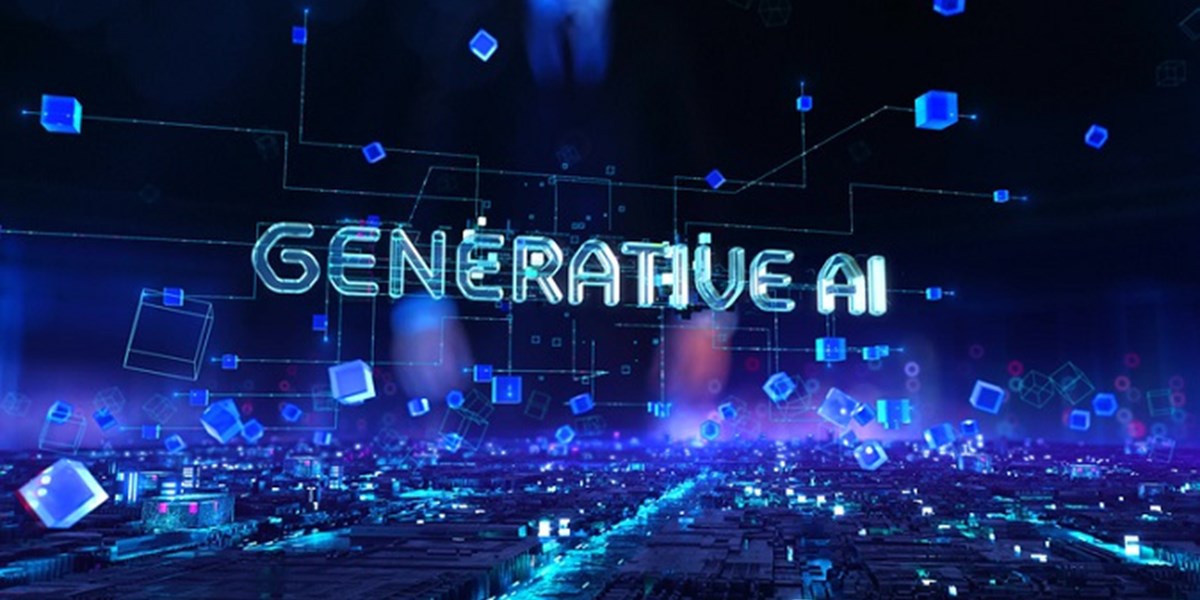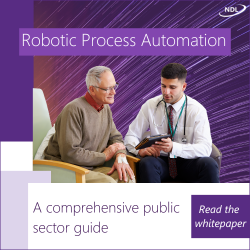
The Central Digital and Data Office (CDDO) has published a framework for the use of generative AI in government, emphasising 10 principles as the basis for any applications.
It said this has come from the surge interest in the technology over the past year and its potential to provide significant productivity benefits.
The framework document describes generative AI as neural networks trained on huge amounts of data and able to generate high quality outputs including text and digital images.
For government, it has the potential to speed up the delivery of services, reduce staff workloads, review huge amounts of information, improve the accessibility of information and perform specialist tasks, such as summarising documents, more cost-effectively.
But the document adds that generative AI and the large language models (LLM) on which it is based still have limitations and that organisations need to build appropriate testing and controls into any solutions.
Crucial measures
This leads to the 10 principles, the first being to understand what generative AI is and its limitations, followed by: using it lawfully, ethically and responsibly; knowing how to keep the tools secure; having meaningful human control at the right stage; understanding how to manage the full lifecycle; using the right tool for the job; taking an open and collaborative approach; working with commercial colleagues from the start; ensuring you have the skills and expertise needed; and using the principles alongside the organisation’s other policies with the right assurance in place.
The document also outlines the technology’s limitations, including shortcomings in its reasoning, a risk of producing content that appears plausible but is factually incorrect, and the danger of producing offensive, biased or inappropriate content.
It says that because of these some uses should be avoided, such as safety-of-life systems and those involved fully automated decision making that affects individuals.
More to come
Writing in the framework’s foreword, the chief technology officer for government David Knott, says it is not meant to be a technical manual and that more will be added in the future.
“This framework differs from other technology guidance we have produced: it is necessarily incomplete and dynamic,” he says.
“It is incomplete because the field of generative AI is developing rapidly and best practice in many areas has not yet emerged. It is dynamic because we will update it frequently as we learn more from the experience of using generative AI across government, industry and society.”





